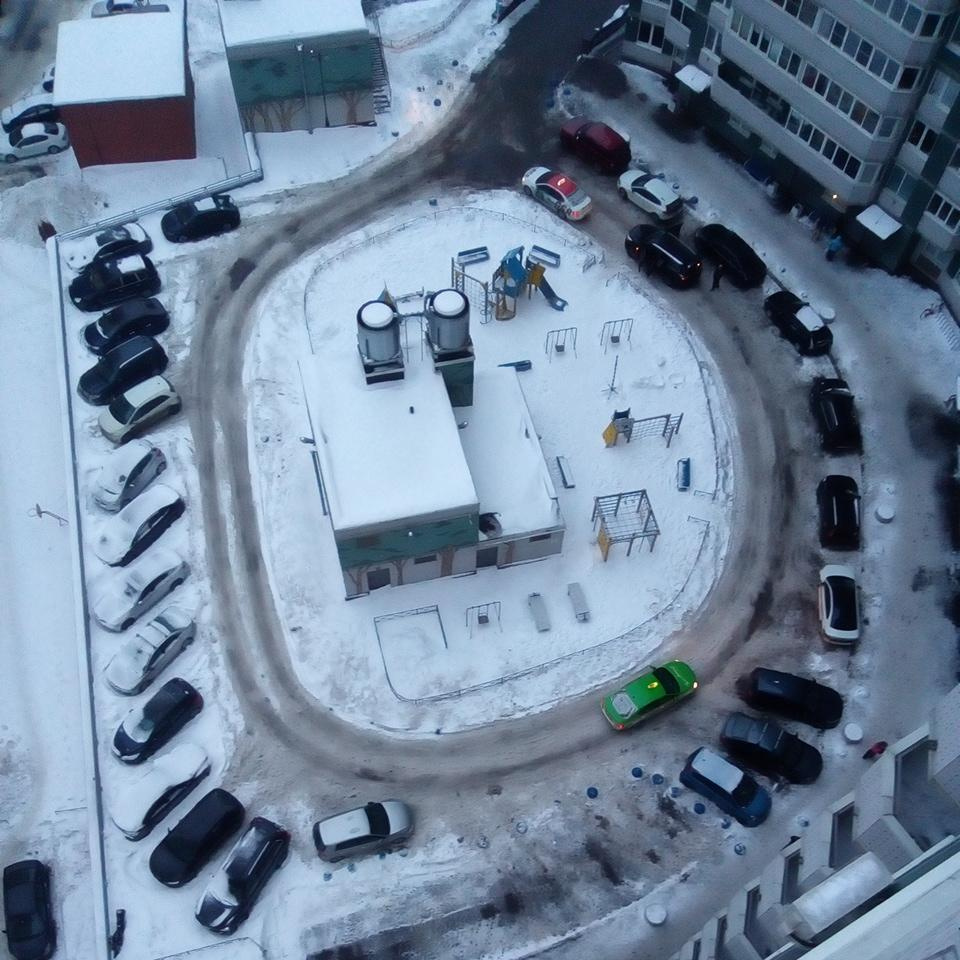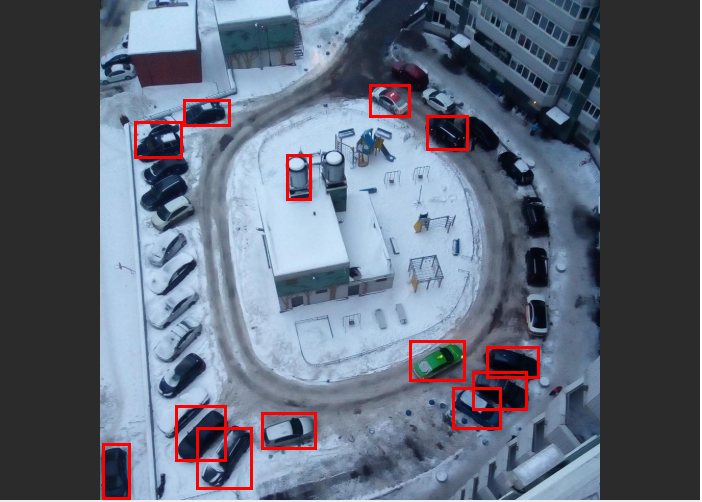Answer the question
In order to leave comments, you need to log in
Which neural network to choose to determine the cars in the parking lot?
I wrote a telegram chatbot that sends a photo from a camera to make it easier to park in the yard.
Now I want to be able to count (identify) the cars in the photo and at the same time try my hand at neural networks.
I read about tensonflow, yolo, but I could not immediately assemble a working model. Has anyone dealt with something similar?
As an example of what I want to get in the end: https://nanonets.com/drone/counting-cars/
For demonstration, I attached a random photo from my parking lot at the house below. 
And the result of the finished Nanonets grid The 
dataset of images was assembled decently at different times of the day and weather conditions.
Answer the question
In order to leave comments, you need to log in
Are neural networks needed? Take a picture with an empty yard (you can make up several, since it is unlikely that there will ever be an absolutely empty yard,
then use openCV to find the difference (areas) with the frame from the camera - their number will be the number of cars. Small areas (people, dogs ) - exclude with the help of dimensions, for example, by width
PS
I re-read the question - well, that's a bummer then with the times of the day and the weather.
A similar problem is considered in great detail.
https://tproger.ru/translations/parking-search/
You need to use Faster R-CNN. There are ready-made implementations for popular frameworks.
Watch Vladimir Iglovikov's report https://youtu.be/NV9LSUIVkWA ; or an article on Habré https://habr.com/ru/company/yandex/blog/335002/
Sign up for ODs.ai, this is a Russian-speaking community for machine learning. There are many good specialists on these issues.
I am skeptical about the solution of this problem by the existing National Assembly. The snow masks many familiar features of the grid. But if I were to solve such a problem, I would start by detecting individual wheels, windows and straight lines. Next, you need to think about how to collect all this into a single image.
Didn't find what you were looking for?
Ask your questionAsk a Question
731 491 924 answers to any question